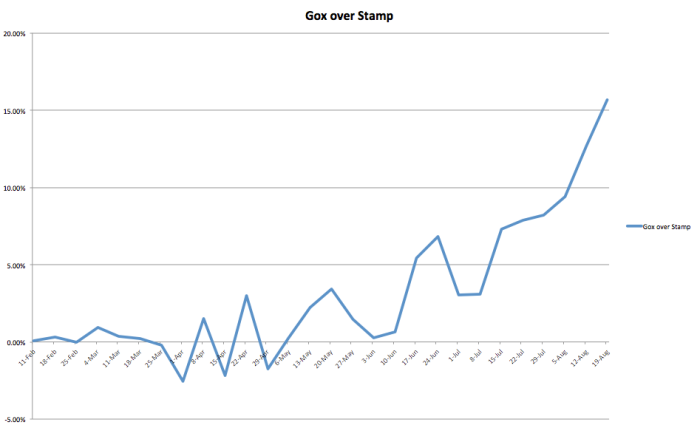Expanded "On the origins of Bitcoin" paper with empirical supplements, other revisions
/This is the 0.2 upgrade to my paper, “On the origins of Bitcoin: Stages of monetary evolution,” first released on 23 October 2013.
This expanded and revised version replaces the previous one from 11 days ago, but I expect this current version in this format to now hold steady. If you have kindly included the older file in an online reference collection, please consider replacing it with this one.
The changes are summarized in an included initial note to readers of the previous version. The most notable single change is the addition of two new sections as empirical supplements. They provide interpretations of patterns of events by “Bitcoin Year” (Appendix A) and a single five-year price-formation chart (Appendix B). Discussions in the main text of the precise timing of the first clear pattern of medium-of-exchange use have been clarified somewhat on this basis.
Download PDF:
On the origins of Bitcoin: Stages of monetary evolution (03.11.2013, expanded and revised)


